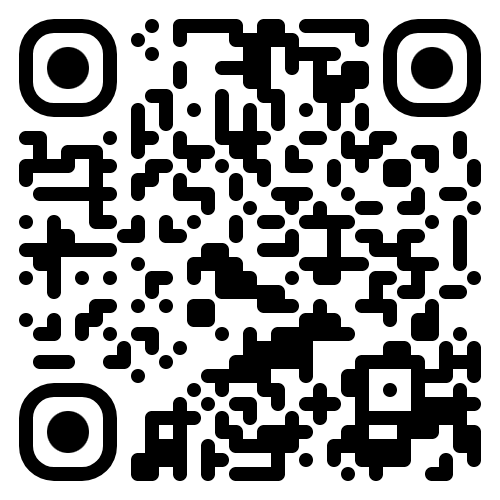Point-of-sale material (from displays to table cards) can influence up to 73-76 % of all purchase decisions – provided it actually lands on the shop floor. Yet it appears that some 42-50 % of CPG displays are not built according to plan, resulting in an average 25% loss of sales. In other words, those without visibility into execution quickly burn a quarter of their trademark marketing budget.
Why Is Up to 30% of Your Trade Marketing Budget Lost?
-
📦
Unexecuted Promotions – Audits of thousands of stores showed nearly half of displays were simply missing.
Read more -
🙈
Invisible Non-Compliance – Without evidence, you only see in sales data weeks later that a promotion failed.
Read more -
💸
Margin Erosion – The Boston Consulting Group estimates that 20–30% of promotions shrink your margin as much as your investment grows.
Read more
What Signals Reveal That Your Promotions Are Not Being Executed?
| Signal | What It May Indicate |
|---|---|
| No Sales Spike | Display is missing or placed incorrectly |
| POS Material Still in Warehouse | Retailer did not set it up |
| No Store Social Posts | Store team was not engaged / no incentive |
| Promotion Claim Submitted Immediately | Retailer claims reimbursement without proof |
How to Gain Control Without Major Investment?
-
Photo Evidence via Smartphone
Have retailers upload a photo of the display; timestamp and GPS stamp provide instant verification. -
QR Code on POS Material
Every scan by the retailer or customer records location and date. -
Automatic Validation & Payout
Release trade marketing funds only after proof is approved – rewarding correct setups and encouraging quick action. -
Real-Time Dashboards
See at a glance which locations are live so your field team only visits problem stores.
The article continues under this banner
What Do Real-World Liquor Store Metrics Show?
Step-by-Step: Activating Retailers & End Users
Inform & Motivate – send retailers a clear guide highlighting fast reimbursement.
Deliver POS Kit + QR Code – each unit gets a unique code.
Retailer Uploads Photo – automatically via mobile web page (see Chefory demo).
Verify & Payout – system approves evidence and disburses funds.
Consumer Scan – shoppers scan the QR code for an instant win; data shows actual traffic.
Data Analysis – identify top-performing stores and optimize distribution.
What Does Digital POS Control Deliver?
Immediate ROI Improvement – only pay for verified displays.
Rapid Scalability – no field team needed for hundreds of stores.
Enhanced Retailer Relationships – fast, transparent payouts boost engagement.
Insights for Future Campaigns – see which stores and POS types drive the most scans.
